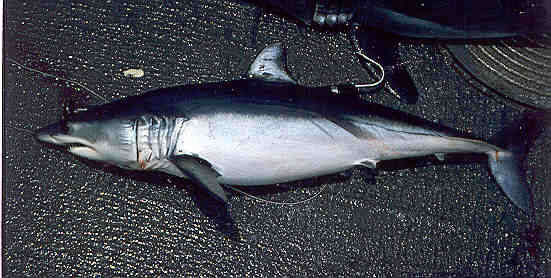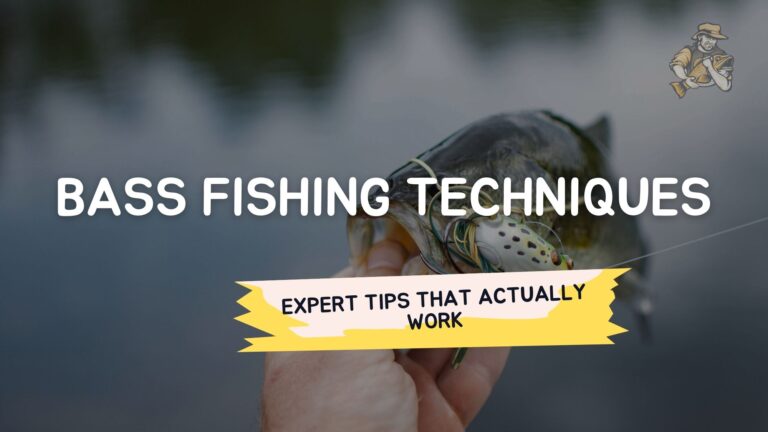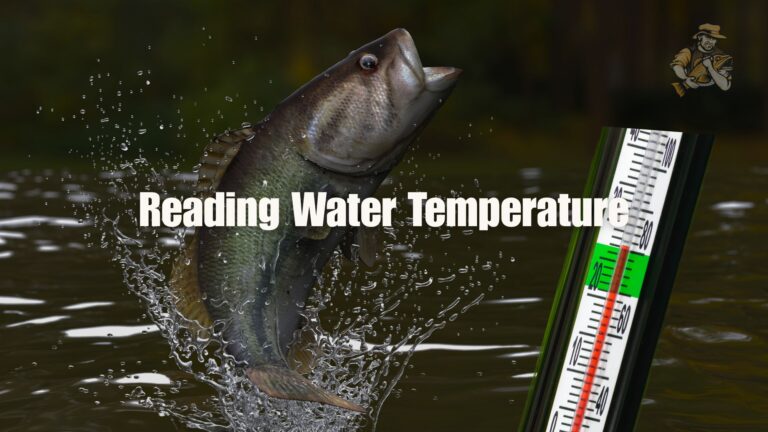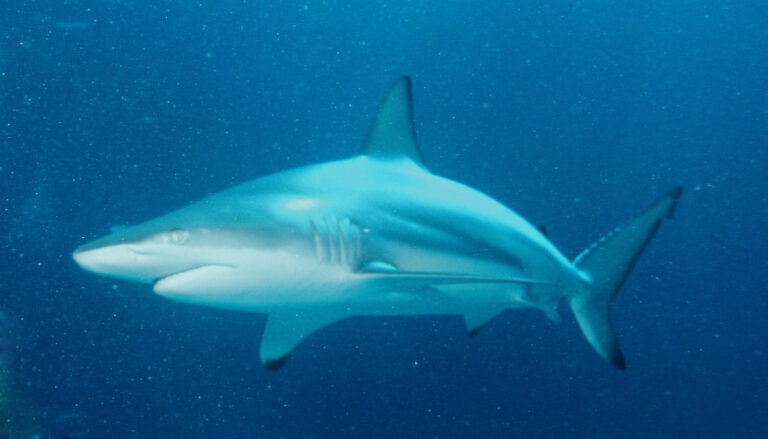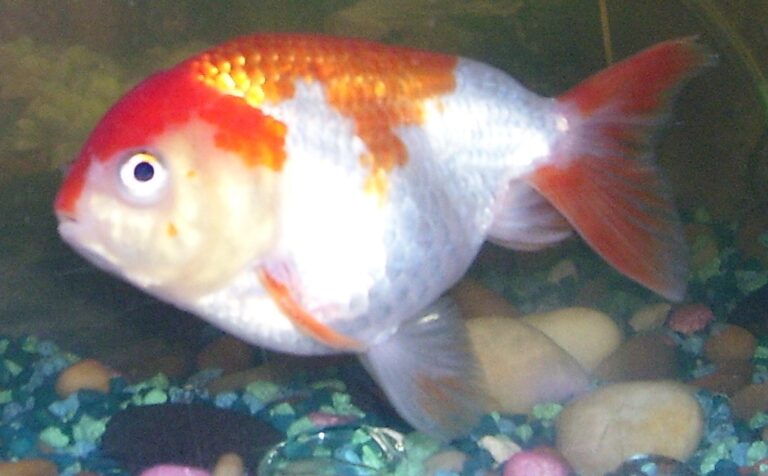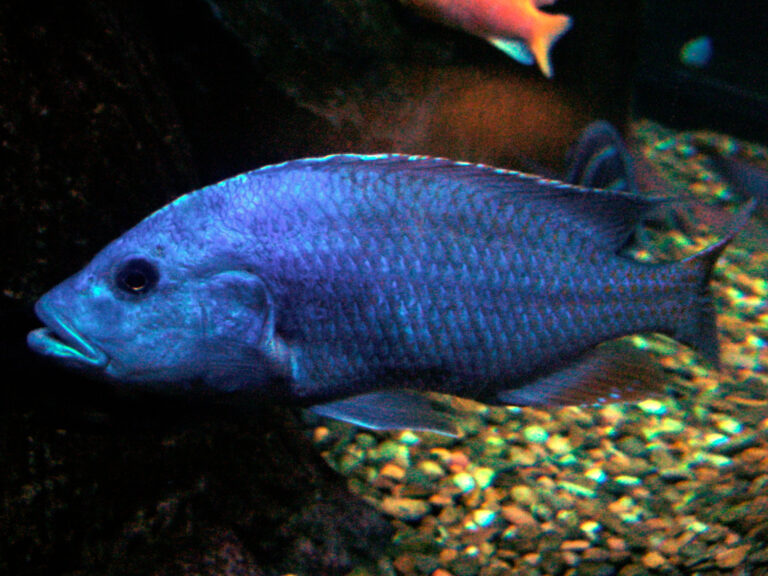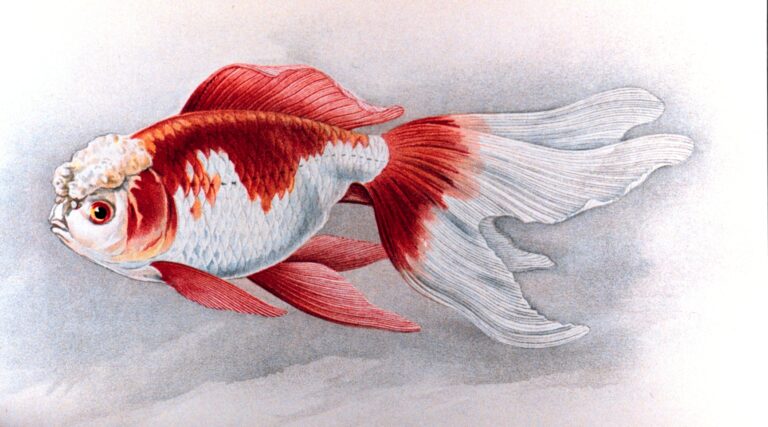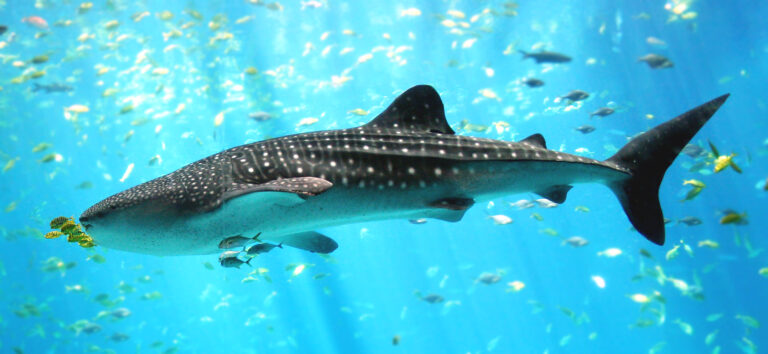How to Fish in Murky Water: Expert Michigan Angler Shares Secrets
By Adam Hawthorne | Last Modified: May 10, 2025
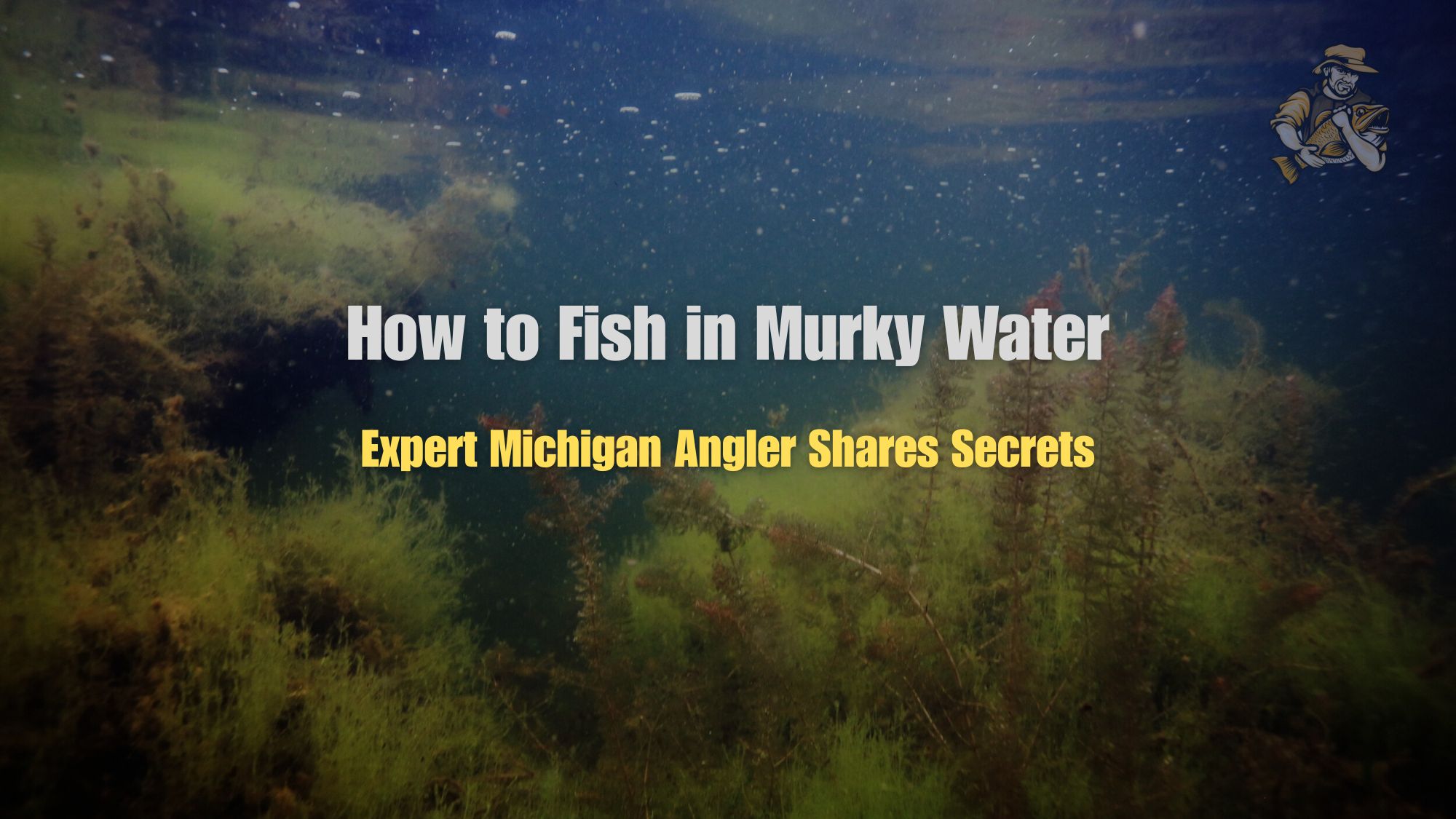
Last Tuesday, I was standing knee-deep in chocolate-colored water where Kellogg Creek dumps into the Kalamazoo River. Water visibility: maybe 6 inches on a good day. My fishing buddy Dave looked at me like I’d lost my mind.
“You seriously think we’ll catch anything in this mess?” he asked.
Twenty minutes later, I landed a 4-pound smallmouth that hit my chatterbait so hard it nearly ripped the rod from my hands. Dave’s jaw dropped. Truth is, some of my best catches have come from water that looked like someone dumped a truckload of coffee grounds into it.
Fishing murky water intimidates a lot of anglers. I get it. When I first started fishing 30 years ago, I’d pack up and head home the minute the water turned muddy after a storm. Waste of perfectly good fishing time, as it turns out.
Why Murky Water Actually Helps Your Fishing (Sometimes)
Here’s something that took me years to figure out – dirty water can be your best friend. Fish in crystal-clear water are paranoid. They’ve seen every lure, every presentation, and they’ll scatter the moment your shadow hits the water. In murky conditions? Different story entirely.
Fish rely way more on their lateral line system when visibility drops. That organ runs along their sides and detects vibrations in the water. It’s like having a built-in sonar system that works even better than their eyes in many situations.
I learned this the hard way during a bass tournament on Lake St. Clair back in 2018. The west side of the lake had turned into a muddy mess after three days of strong winds. Most guys avoided it like the plague. Me? I stuck it out and placed third with five solid smallmouth, all caught in water so dirty you couldn’t see your hand six inches underwater.
The thing is, muddy water actually makes fish less spooky. They can’t see you coming from 50 feet away. They’re more likely to react instinctively to a lure that suddenly appears in their strike zone.
Reading Different Types of Murky Water (Not All Mud Is Equal)
Took me about 15 years to realize that murky water isn’t just murky water. There’s a huge difference between sediment-stirred water and algae blooms, and knowing which you’re dealing with can make or break your day.
Sediment-based murkiness usually happens after heavy rains or when wind stirs up the bottom in shallow areas. This is actually great for fishing if you know what you’re doing. The water might look like chocolate milk, but the fish are still active and feeding.
Algae blooms are trickier. They usually happen in summer when water temps spike. The water turns green and soupy, and oxygen levels can drop. Fish often get sluggish in these conditions. I’ve had days on Houghton Lake where the algae was so thick you could practically walk on it. Miserable fishing.
Then there’s tannin-stained water – that tea-colored stuff you see in rivers that flow through swamps or areas with lots of decaying vegetation. The Cedar River in the UP has this year-round. Fish here are used to limited visibility, so they rely heavily on vibration and smell. Some of my biggest pike have come from tannin-stained water.
Construction runoff creates another type of murkiness altogether. Last spring, they were building a new subdivision near Spring Lake, and the runoff turned half the lake into a clay-colored mess. Most anglers avoided it, but I found the bass stacked up right where the muddy water met the clear water. That transition zone is pure gold.
The Best Lures for Murky Water Fishing
OK, let’s talk lures. This is where a lot of guys mess up in dirty water. They think they need to go bigger and louder with everything. Sometimes that works, but not always.
My go-to muddy water lure is a chatterbait. Specifically, a 1/2-ounce Z-Man ChatterBait in black and blue with a matching trailer. The vibration is insane, and that blade creates a ton of water displacement. I’ve caught everything from bass to pike on these things in muddy water.
Spinnerbaits come in second. Colorado blades create more thump than willow blades, so I usually go with a double Colorado setup. White/chartreuse or solid black work best for me.
Crankbaits with rattles are money too. I’m talking about the obnoxious ones that sound like a maraca when you shake them. My favorite is a Rat-L-Trap in chrome/blue or fire tiger. The louder, the better. Though I’ll be honest – sometimes the noise drives me crazy after a few hours of casting.
But here’s where it gets interesting. Sometimes, in slightly stained water (not full-on muddy), subtle presentations actually work better. I’ve had days where a Texas-rigged worm outfished all my noisy reaction baits. Go figure.
Color Selection: The Great Debate
Color selection in murky water is where fishermen turn into philosophers. Everyone’s got a theory, and half of them contradict each other.
The conventional wisdom says use dark colors in dark water. Black, purple, dark blue – colors that create a strong silhouette. And yeah, this works a lot of the time. My most productive muddy water combo is a black spinnerbait with a black/blue trailer.
But then you’ve got the chartreuse cult. These guys swear by bright, gaudy colors in dirty water. And you know what? They’re not wrong either. I’ve had days where chartreuse absolutely crushed everything else.
Here’s my take after three decades of trial and error: contrast matters more than the actual color. In super muddy water, I want maximum contrast. Black creates the strongest silhouette against murky water during the day. At dawn or dusk, or on cloudy days, sometimes those bright colors show up better.
Water clarity affects this too. In coffee-colored water, I lean toward dark colors with some flash – black with silver glitter, for instance. In green-tinted murky water, chartreuse and white combos seem to work better.
The real secret? Carry both and let the fish tell you what they want. I’ve had days where I started with black, switched to chartreuse after no bites, then switched back to black an hour later when the sun came out. Fish are weird.
Adjusting Your Presentation and Retrieval Speed
You’d think fishing in murky water means slowing everything down so fish can find your lure. Sometimes yes, sometimes no. It’s more complicated than that, and I’ve spent years figuring out the nuances.
In cold, muddy water (think early spring runoff), slow is usually the way to go. Fish are sluggish, and they need time to locate your bait. I’ll crawl a jig along the bottom so slowly it barely moves. Painful fishing, but it works.
But in warm, muddy water? Different game entirely. Active fish in dirty water often prefer a faster presentation. They’re reacting to vibration and movement, not carefully inspecting your lure. Some of my best summer muddy-water days have come burning a spinnerbait just under the surface.
The key is making that first contact count. In clear water, a fish might follow your lure for 20 feet before deciding to strike. In muddy water, they usually hit immediately or ignore it completely. That’s why I use a lot of stop-and-go retrieves in dirty water. The sudden change in action triggers reaction strikes.
Here’s a trick I learned from an old-timer on the Detroit River: in current with muddy water, cast upstream and let your lure drift down naturally with occasional twitches. Fish facing into the current get a perfect presentation right in their face. Deadly technique for walleye and smallmouth.
Finding Fish in Muddy Water (They’re Not Where You Think)
This is where most anglers screw up in murky water – they fish the same spots they’d target in clear conditions. Doesn’t work. Fish relocate when visibility drops.
In clear water, bass might suspend over deep structure. In muddy water, those same fish often move shallow. Way shallow. I’m talking 1-3 feet of water. They feel safer in the murk and move up to hunt.
Look for transition areas where muddy water meets clearer water. These edges concentrate baitfish and create ambush points. Last month on Lake St. Clair, I found a mud line where the Clinton River’s dirty water met the clearer main lake water. The smallmouth were stacked up like cordwood right on that edge.
Another key spot: anywhere with current or water movement in muddy conditions. Inflowing creeks, culvert pipes, even areas where wind is pushing water – these spots bring food to the fish. They’ll sit in the current and wait for dinner to drift by.
Heavy cover becomes even more important in dirty water. Fish use it for navigation and ambush points. Laydowns, dock pilings, grass edges – anything that gives them a reference point in the murk. I’ve pulled some giant largemouth from laydowns in water so muddy I couldn’t see my lure until it was right at the boat.
Don’t overlook super shallow flats either. On warm days, muddy water in the shallows heats up faster than clear water. Baitfish move in, and predators follow. I’ve caught bass in 6 inches of muddy water that would never be in that shallow if it was clear.
Special Tactics for Different Species
Each species handles murky water differently, and what works for bass might be useless for walleye.
Bass are probably the easiest to catch in muddy water. They’re opportunistic and rely heavily on their lateral line. Noisy, vibrating lures work great. But here’s a tip: in extremely muddy water, try flipping a jig with a rattle right to heavy cover. Let it sit for 5-10 seconds before moving it. Bass will find it.
Walleye get trickier. They have excellent vision in low light but struggle in muddy water during the day. I’ve had my best muddy-water walleye success at dawn and dusk when their eyes work better. Slow-trolling crawler harnesses or vertical jigging with minnows produces best. Add some flash – spinner blades or glow-in-the-dark beads help.
Pike are absolute savages in murky water. They’re built for it. Large, flashy lures with lots of vibration are perfect. My biggest pike ever (22 pounds) came from mud-stained water in the Les Cheneaux Islands. She hit a massive white spinnerbait with gold blades.
Catfish? They’re in their element when the water’s dirty. They hunt by smell anyway, so visibility doesn’t matter much. Stinkbaits, cut bait, or anything with a strong scent works great. I’ve had channel cats practically beach themselves chasing chicken liver in muddy water.
Panfish can be tough in murky water, but they’ll bite if you can find them. Small jigs tipped with waxworms or tiny pieces of crawler work best. Fish painfully slow around any kind of structure. Crappies especially will stack up around brush piles in muddy water.
The Role of Weather and Barometric Pressure
Weather affects muddy-water fishing way more than clear-water fishing. Learned this through years of keeping detailed logs.
Low pressure systems are magic for muddy water fishing. That dropping barometer gets fish feeding aggressively. Some of my best days ever have been right before a storm in chocolate-colored water. The fish go absolutely nuts.
Overcast days generally produce better than sunny days in murky water. On bright days, fish in dirty water often get even more lethargic. They’ll bury themselves in cover or go deeper. Cloud cover keeps them more active and willing to chase lures.
Wind can be your friend or enemy. A light wind that creates some surface chop is perfect – it breaks up any light penetration and makes fish less spooky. But strong winds that really muddy up the water can make fishing tough for a day or two until things settle down.
Temperature changes affect muddy water faster than clear water. A cold front that drops water temps will shut down muddy water fishing faster than clear water fishing. But warming trends heat up muddy shallows quickly and can create fantastic fishing.
Rain is interesting. A light rain on already-muddy water usually improves fishing. It adds oxygen and often triggers feeding. Heavy rain that creates new runoff can make things worse temporarily. I’ve learned to wait 12-24 hours after a major rain event for the initial surge of muddy water to disperse.
My Biggest Screw-ups in Muddy Water
Let me save you from some expensive mistakes I’ve made over the years.
Probably my dumbest moment was during a tournament on Muskegon Lake. The water looked like someone had dumped chocolate milk into it after a week of rain. I figured I needed the biggest, loudest lures possible. I threw massive spinnerbaits and crankbaits for six hours without a single bite.
Meanwhile, my tournament partner was quietly dropping a finesse worm on a shaky head and catching fish after fish. Turns out the fish were relating to subtle bottom features in 15 feet of water. They couldn’t see our big noisy lures zooming overhead. Lesson learned: muddy water doesn’t always mean power fishing.
Another costly lesson came on Lake Erie. I found walleye stacked up on a mudline where clear and dirty water met. Instead of staying on that edge, I kept following the fish as they moved into the dirtier water. My catch rate plummeted. Should’ve stayed on that transition zone where they were actively feeding.
Don’t ignore your electronics in muddy water like I used to. For years, I figured sonar was useless when I couldn’t see anyway. Wrong. Fish still relate to structure and cover in dirty water. Your electronics help you find those key spots. I’ve located some incredible brush piles and rock humps in muddy water that I would’ve missed without my Humminbird.
Oh, and here’s a rookie mistake I made for way too long: using the same line in muddy water as clear water. You can get away with much heavier line in dirty water. Fish can’t see it. I’ve gone from 12-pound test to 20-pound in muddy water with no decrease in bites. The extra strength helps when you’re pulling fish from heavy cover.
Essential Gear Modifications for Murky Water
Your standard setup needs some tweaks for muddy water success.
First, beef up your line. I mentioned this earlier, but it bears repeating. In clear water, I might use 12-pound fluorocarbon for bass. In muddy water, I’ll go straight to 20-pound or even 25-pound. The fish can’t see it, and you’ll need the extra strength when they bury themselves in cover.
Rod selection matters too. I prefer a slightly stiffer rod in muddy water because I’m often fishing heavy cover. You need backbone to haul fish out of laydowns and grass. My muddy water combo is usually a 7’3″ heavy-action rod with a high-speed reel (7.5:1 or faster).
Don’t forget about scent. While I’m not usually a big believer in scent products, they can make a difference in dirty water. I’ll add some crawfish or garlic scent to my soft plastics. Can’t hurt, might help.
Trailer hooks on spinnerbaits are mandatory in muddy water. Fish often short-strike in low visibility conditions. A trailer hook will catch those fish that barely clip your bait. I’ve probably landed 30% more fish since I started using trailer hooks religiously in dirty water.
Consider adding rattles to everything. I’ll slip glass rattles into tube baits, add rattle chambers to my Texas rigs, even attach small rattles to my jig trailers. The extra noise helps fish locate your bait. Some guys think I go overboard with rattles, but hey, it works.
Reading Muddy Water Like a Pro
After 30 years of fishing, I can tell a lot about muddy water just by looking at it. Sounds like BS, but it’s true.
Fresh muddy water (from recent runoff) has a different color than old muddy water. Fresh mud is usually lighter brown and has visible particles suspended in it. This water is often full of oxygen and nutrients, and fish are usually active. Old muddy water is darker, more uniform in color, and fish might be less active.
The smell tells you a lot too. Good muddy water smells earthy, like fresh dirt. Bad muddy water might smell stagnant or sulfurous. If it stinks, the fishing usually stinks too. Trust your nose.
Watch how the muddy water moves. If it’s flowing or has current, that’s usually good. Stagnant muddy water, especially in summer, can be tough. Moving water brings oxygen and food.
Check the water temperature in muddy vs. clear areas. Muddy water often runs warmer than clear water in the same lake. This can concentrate fish, especially in spring. I use my Fishfinder’s temperature gauge religiously to find these warm pockets.
Pay attention to how muddy water clears. It usually clears from top to bottom and from calm areas outward. Fish often follow these clearing patterns. I’ve tracked schools of bass moving with the clearing edge of muddy water after storms.
Best Times to Fish Murky Water
Timing is everything in muddy water fishing, maybe even more than in clear water.
My favorite time is the first 24-48 hours after the water turns muddy. Fish are often super aggressive during this period. They’re disoriented and feeding opportunistically. After a few days, they adjust and become harder to catch.
Dawn and dusk are still prime times, but for different reasons than in clear water. Low light combined with low visibility really levels the playing field between predator and prey. Some of my biggest muddy water bass have come in that magic half-hour before sunrise.
Here’s something weird I’ve noticed: muddy water fishing can be excellent in the middle of the day, especially in spring and fall. The reduced light penetration means fish stay active longer. I’ve caught limits of bass at 2 PM in muddy water when the clear water bite was completely dead.
Seasonal patterns matter too. Spring muddy water from snowmelt and rain is usually great for fishing. Summer muddy water from algae blooms – not so much. Fall muddy water from turnover can be tough at first but improves as it settles.
The day before a front moves through is golden in muddy water. That dropping barometer combined with low visibility makes fish go crazy. I’ve had 50-fish days in nasty-looking water right before storms. Just make sure you get off the water before the lightning starts.
My Secret Muddy Water Techniques
Alright, here are some tricks you won’t find in the magazines.
The “mud line crawl” – when you find where muddy and clear water meet, position your boat in the clear water and cast parallel to the mud line. Slowly work your lure right along that edge. Fish patrol these boundaries like highways.
Try this: in extremely muddy water, fish your lures higher in the water column than normal. Fish often look up in dirty water since they can’t see horizontally. I’ve caught bass on topwater in muddy water that would never hit surface lures in clear conditions.
Here’s a weird one that works: in muddy river systems, find the clearest tributary you can and fish right where it enters the main muddy river. Gamefish stack up here like you wouldn’t believe. The slightly clearer water creates a perfect ambush zone.
Docks become absolute magnets in muddy water. Fish use them for navigation and shade. Skip a jig way back under docks in muddy water. The biggest fish often sit in the deepest shade. I’ve pulled 5-pounders from under docks in 2 feet of muddy water.
The “pump and drop” retrieve works magic in muddy water. Cast out, let your lure sink, then pump your rod tip sharply 2-3 times and let the lure fall on slack line. The erratic action triggers strikes from fish that ignored a steady retrieve.
When nothing else works, try dead-sticking a soft plastic in muddy water. I mean absolutely motionless for 30-60 seconds. In super muddy conditions, fish sometimes need extra time to find your bait. The number of times I’ve had a fish grab my worm after I’d given up and started to reel in…
Conclusion
Fishing murky water isn’t just about throwing bigger, louder lures and hoping for the best. It’s a completely different game that requires adjusting your entire approach. After 30+ years of fishing every kind of water imaginable, some of my most memorable catches have come from water that looked unfishable.
The key is understanding that fish aren’t just blindly wandering around in muddy water. They’re using their other senses – especially their lateral line system – to hunt effectively. Once you figure out how to tap into those senses, muddy water becomes an advantage, not a handicap.
Next time you show up to your favorite lake and find it looking like chocolate milk, don’t turn around and go home. Tie on a chatterbait, head for the shallows, and get ready. Some of the best fishing of your life might be waiting in that muddy mess.
Remember, the biggest mistake anglers make in muddy water is giving up too quickly. The fish are there, they’re feeding, and they’re often easier to catch than in crystal-clear conditions. You just need to adjust your tactics and give them something they can find.
Trust me on this one – I’ve caught more big fish in muddy water than I care to admit. My fishing buddies used to laugh when I’d get excited about muddy conditions. They’re not laughing anymore.

Meet Adam Hawthorne
I’m a lifelong fishing enthusiast who’s spent years exploring rivers, lakes, and oceans with a rod in hand. At Fishing Titan, I share hands-on tips, honest gear reviews, and everything I’ve learned about fish and ocean life, so you can fish smarter and enjoy every cast.
Share:

Meet Adam Hawthorne
I’m a lifelong fishing enthusiast who’s spent years exploring rivers, lakes, and oceans with a rod in hand. At Fishing Titan, I share hands-on tips, honest gear reviews, and everything I’ve learned about fish and ocean life, so you can fish smarter and enjoy every cast.
Related Articles
-
Shortfin Mako Shark
The Shortfin Mako Shark stands as one of the ocean’s most remarkable predators, combining exceptional speed with sophisticated hunting capabilities that have evolved over millions…
-
Bass Fishing Techniques: Expert Tips That Actually Work
Bass fishing has been my passion for over three decades, and if there’s one thing I’ve learned, it’s that the right technique makes all the…
-
Reading Water Temperature: Seasonal Cues for Better Fishing
I’ve spent more mornings than I can count staring at a thermometer clipped to my fishing line, watching those tiny numbers drift up or down…
-
Blacktip Shark
The Blacktip Shark (Carcharhinus limbatus) stands as one of the most recognizable and ecologically significant predators in tropical and subtropical waters worldwide. Distinguished by the…
Fish Species
-
Lionhead Goldfish
The Lionhead Goldfish represents one of the most distinctive and cherished ornamental varieties within the goldfish family, captivating aquarists worldwide with its unique cranial development…
-
Electric Blue Cichlid
The Electric Blue Cichlid stands as one of the most striking and sought-after freshwater fish species in the aquarium trade, distinguished by its brilliant cobalt-blue…
-
Oranda Goldfish
The Oranda Goldfish (Carassius auratus) stands as one of the most distinctive and cherished varieties in the world of ornamental fishkeeping. Characterized by its prominent…
-
Whale Shark
The whale shark (*Rhincodon typus*) stands as the ocean’s largest fish species, representing one of nature’s most remarkable gentle giants. Despite its imposing size, reaching…

